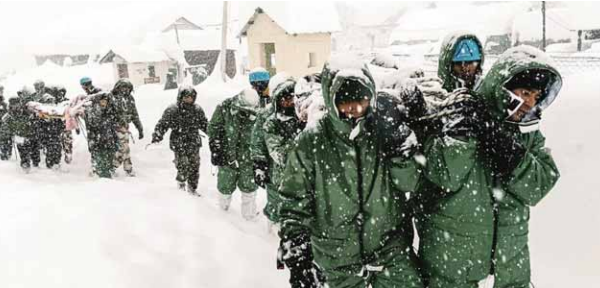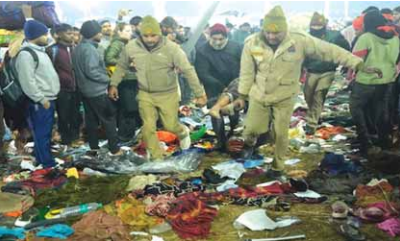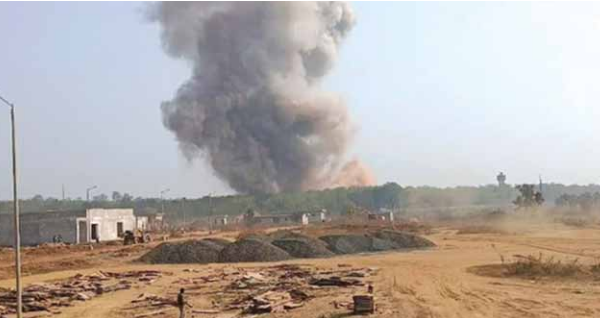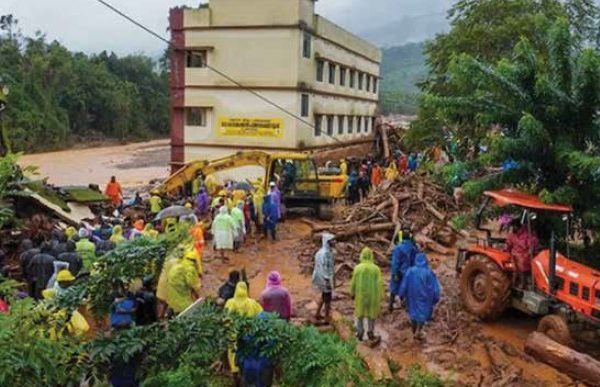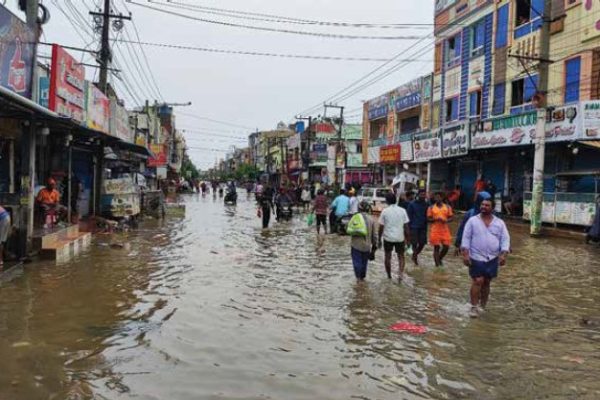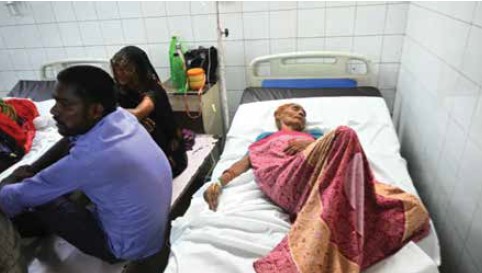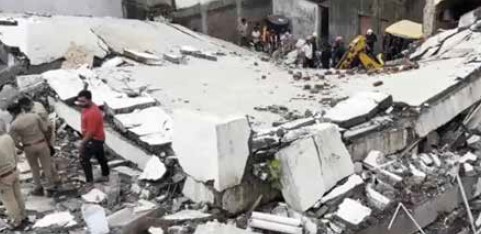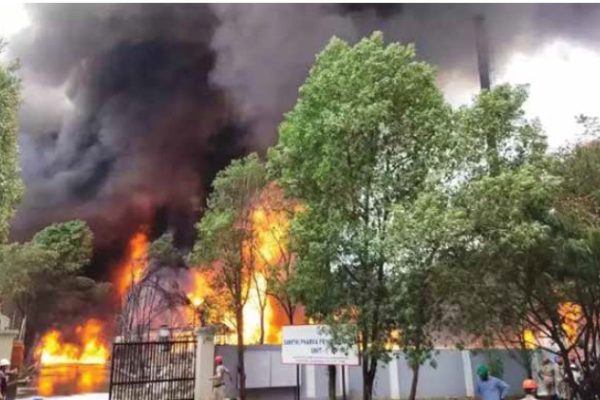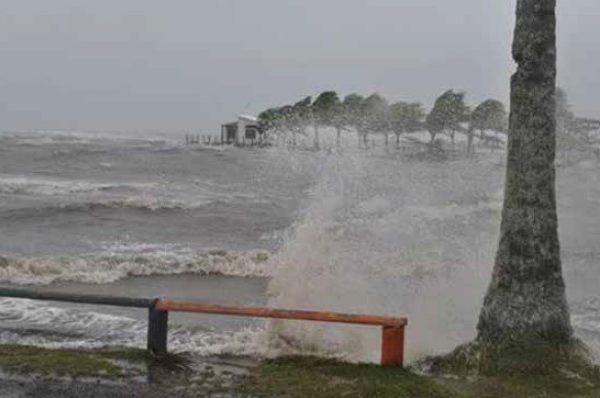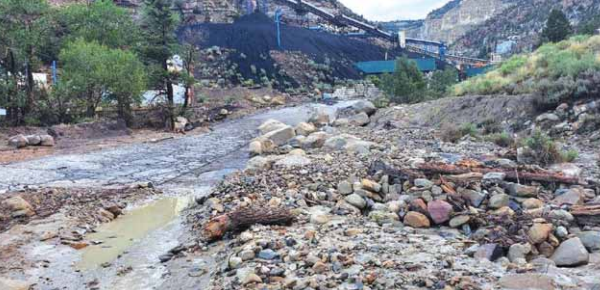
Miners trapped as a rat-hole coal mine floods
20 Jan 2025 – On the morning of January 6, when Babul Chandra Das from Tezpur, saw the news on TV, about an accident in a rat-hole mine near Umrangso in the Dima Hasao district of Assam, he became anxious. That’s where his wife’s elder brother Sanjit Sarkar, 35, had gone to work. Das and…


